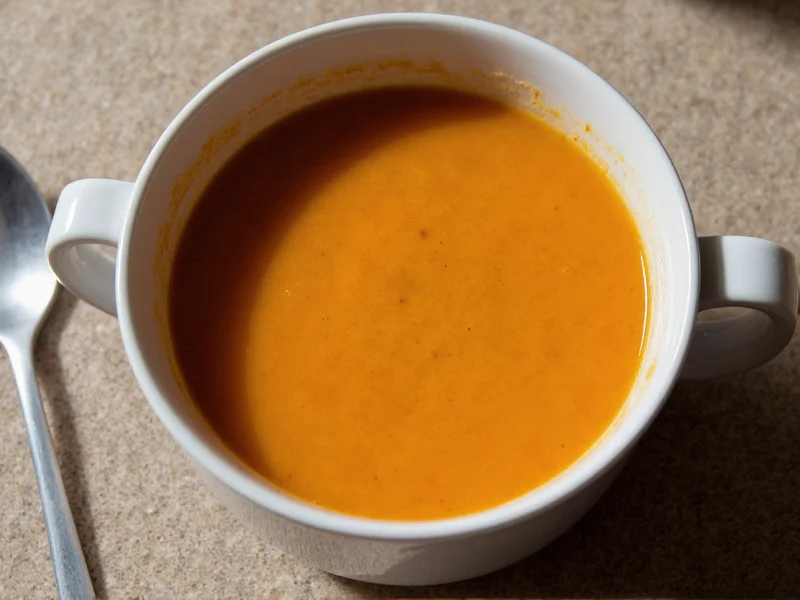Understanding the Empty Room Soup Misconception
Many home cooks and food enthusiasts search for “empty room soup” recipes, convinced this is a legitimate dish name. Linguists classify this as a mondegreen—a mishearing of a phrase that gives it a new meaning. The Japanese term “miso” (pronounced “mee-soh”) can easily sound like “empty room” to untrained ears, particularly in noisy environments or when heard secondhand.
The Reality of Miso Soup
Miso soup represents one of Japan’s most fundamental culinary staples, traditionally served at nearly every meal. This nourishing broth contains three essential components:
| Component | Function | Common Examples |
|---|---|---|
| Dashi broth | Flavor foundation | Kombu (kelp), bonito flakes, shiitake mushrooms |
| Miso paste | Primary seasoning | White (shiro), red (aka), mixed (awase) |
| Add-ins | Texture and nutrition | Tofu, seaweed, green onions, vegetables |
Why This Confusion Persists
The “empty room soup” misunderstanding continues spreading through several channels:
- Oral transmission – People repeating what they think they heard
- Autocorrect errors – Digital assistants misinterpreting voice searches
- Cultural unfamiliarity – Those new to Japanese cuisine encountering unfamiliar terms
- Similar phonetic patterns – The “em” and “room” sounds approximating “miso”
Authentic Miso Soup Preparation Guide
Creating genuine miso soup requires attention to proper technique. Unlike many soups, miso should never boil as high temperatures destroy its delicate flavor compounds and beneficial probiotics.
- Prepare dashi broth by simmering kombu and bonito flakes for 20 minutes
- Remove broth from heat and let cool to 160°F (71°C)
- Whisk miso paste into broth using a traditional wooden pestle
- Add soft ingredients like silken tofu and wakame seaweed
- Garnish with thinly sliced green onions before serving
Common Misconceptions About Miso Soup
Several persistent myths surround this traditional dish:
- “Miso soup contains MSG” – Naturally occurring glutamates differ from processed MSG
- “All miso paste is the same” – Fermentation time creates white, red, and mixed varieties with distinct flavors
- “Miso soup is just for sushi meals” – Japanese households consume it daily as a standalone meal component
- “Sodium content makes it unhealthy” – Properly prepared versions contain moderate sodium levels with probiotic benefits
Exploring Genuine Japanese Culinary Terms
Understanding Japanese food terminology prevents similar misunderstandings. Other commonly misheard terms include:
- “Tempura” mistaken for “tempter”
- “Udon” confused with “outdone”
- “Ramen” misheard as “ray-mon”
When encountering unfamiliar food terms, verify pronunciation through reputable culinary resources rather than relying on phonetic approximations.
Creating Your First Authentic Miso Soup
For beginners seeking an approachable miso soup experience, follow these professional recommendations:
- Start with white miso paste for milder flavor
- Maintain proper temperature control (never boil after adding miso)
- Use soft tofu that won’t disintegrate in broth
- Add garnishes just before serving to preserve texture
- Pair with simple rice dishes for complete traditional experience











 浙公网安备
33010002000092号
浙公网安备
33010002000092号 浙B2-20120091-4
浙B2-20120091-4